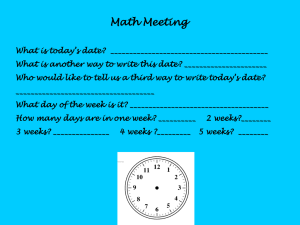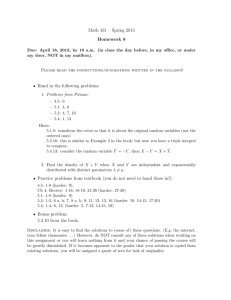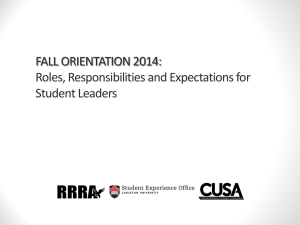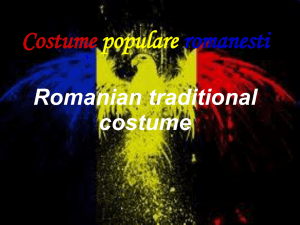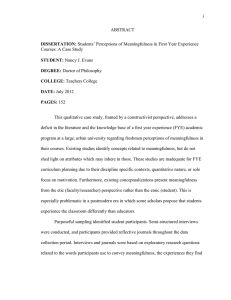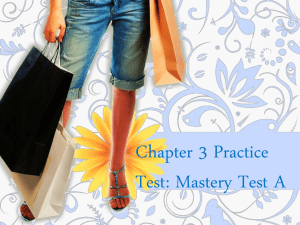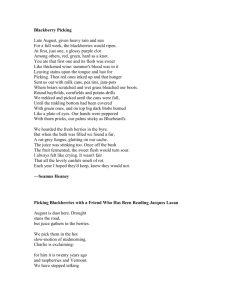Transfer Appropriate Processing
advertisement
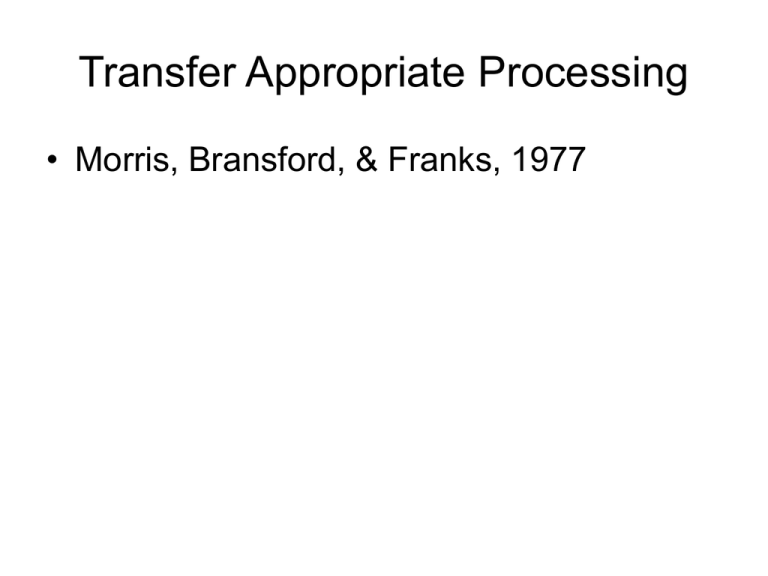
Transfer Appropriate Processing • Morris, Bransford, & Franks, 1977 Visual Images • “image” – mental representation that is very similar in nature to the actual object or idea that is being represented • E.g., forming an image of the front door of your home (visual image) • E.g., imagine the sound of nails scraping on the chalkboard (auditory image) Use of visual images • People naturally use visual images to perform mental tasks • Example on p. 176 (fig. 7.1) shows a task in which people naturally use a visual image to complete the task Visual Images and Memory • Principles of Remembering (Higbee, 1988) – Tricks or rules for having items “stick” in LTM – Attention – Association – Meaningfulness – Organization – Visualization Attention • Must first pay attention to something to remember it (or focus) – Things we don’t remember well because we never pay attention • Red light on traffic signal – top or bottom? • Lincoln’s image on a penny – left or right? • Toilet flush – circle clockwise or counterclockwise? Association • Find connections between target material (what you’re trying to learn) and what is already in memory – E.g., measure association value of a stimulus – CARICATURE (list items from memory related) • • • • Cartoon Exaggeration Street vendors humorists Using association • Find information in memory that is related to (i.e., associated with) the target material • Help improve memory meaningfulness • • • • • • • Seek meaning in target material Goal is memorize a list of letters S W G F B I P A Can become S W G FBI PAW Reduced to 5 items instead of nine Aids memory W organization • Arranging or rearranging target material to find patterns • E.g., arranging your flashcards into piles based on similar concepts • aid your memory • Look for tables of contents, lists, hierarchy, groups, etc. visualization • Form a visual image – CHAIR forming a visual image will improve your memory for that word – MATH – EMOTION – ABSTRACT harder to visualize – RANDOM harder to visualize Concrete vs. abstract words • Concrete words are easier to form images of • Abstract words are harder • The “concrete-abstract dimension” (Paivio, 1969) • Imageability your ability to form an image of a particular word or object • Concrete words remembered better than abstract words Interactive image • Compound image that is comprised of two or more images interacting with each other • Interactive images lead to superior memory – BUN – SHIRT – E.g., hamburger bun with ketchup dripping off onto a shirt; animated hot dog wearing a shirt Mnemonic (memory trick) • System that combines as many of the principles for memorizing some target material • Prefix “mne” = memory
